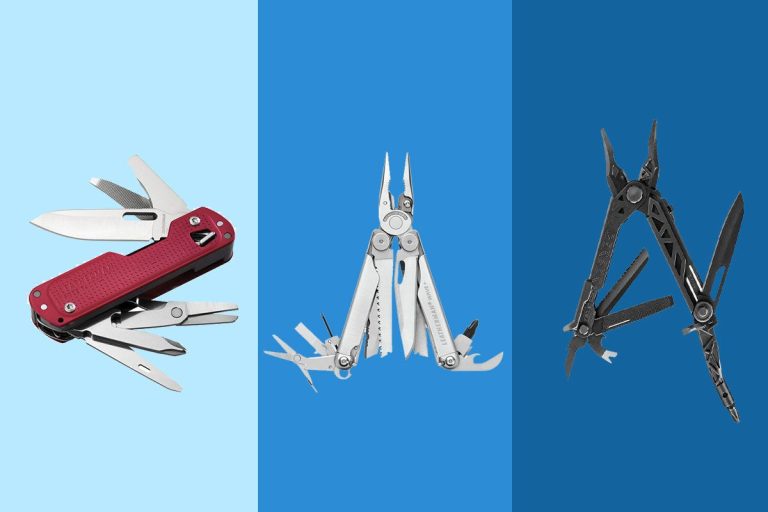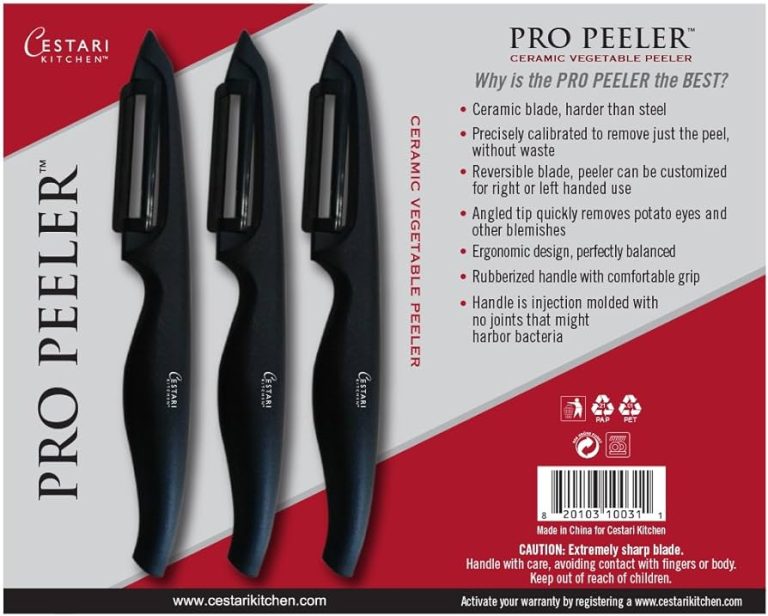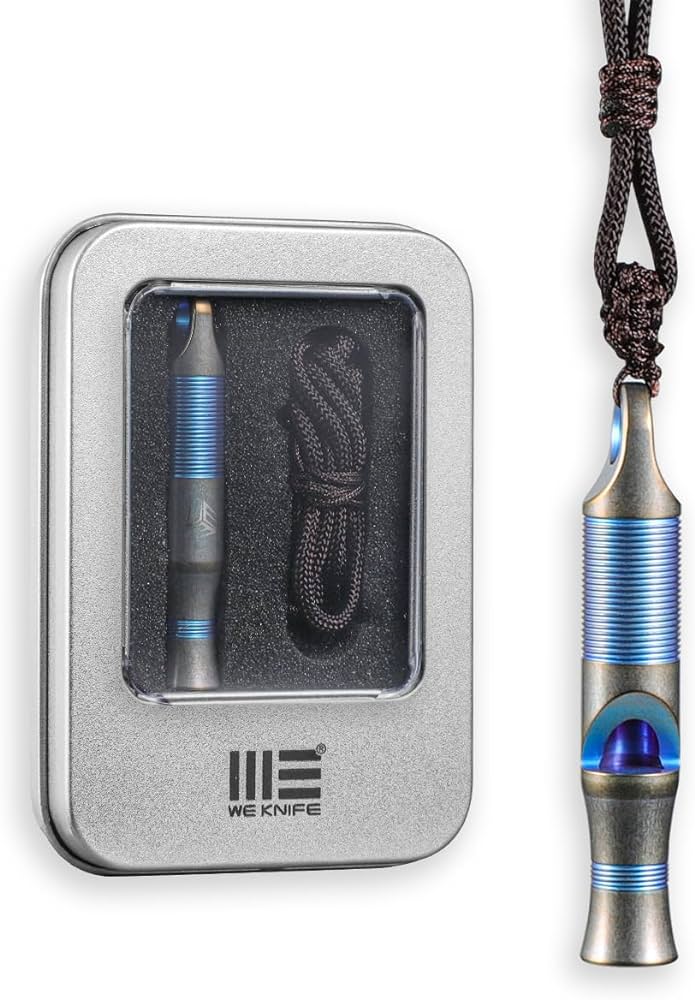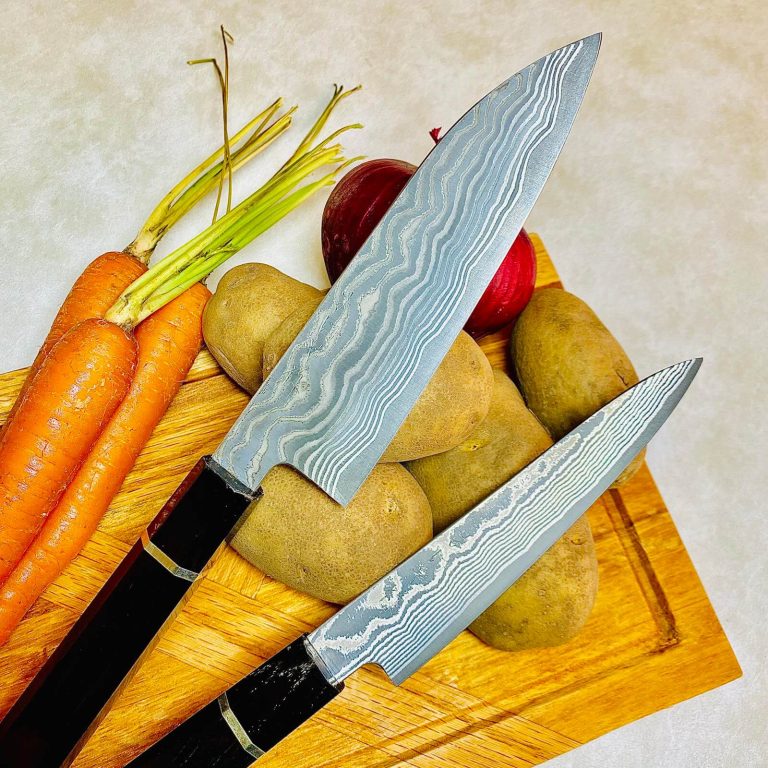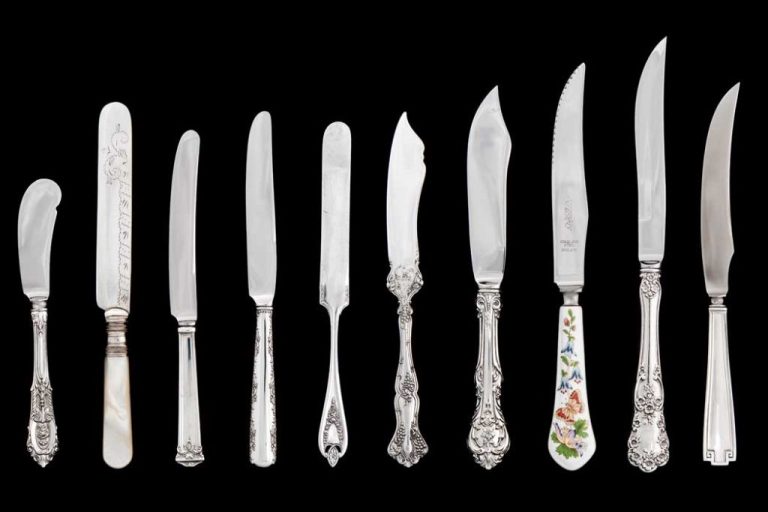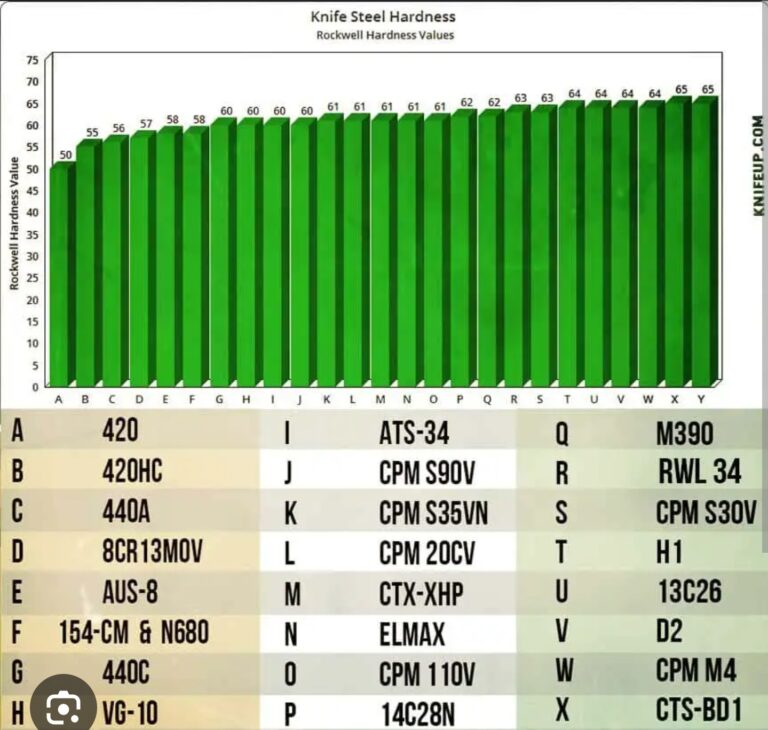Antique Fishing Knives And Their Value
Antique fishing knives hold significant value for collectors due to their rarity and historical significance, often fetching high prices in the market. These knives, typically made from high-quality materials and featuring unique designs, offer a glimpse into the evolution of fishing tools and the craftsmanship of the past.
Collectors value these artifacts not only for their monetary worth but also for the stories they tell and the nostalgia they evoke. Whether it’s a rare Victorian-era pocket knife or an intricately carved Japanese fisherman’s knife, antique fishing knives can be a treasure trove for enthusiasts and a tangible connection to the rich history of fishing.
They are a testament to the enduring allure of the sport and the enduring craftsmanship that has shaped it.
Discovering The Worth Of Antique Fishing Knives
Antique fishing knives are valued by collectors and enthusiasts for several reasons derived from their rarity factors, historical significance, and artistic value. The rarity of these knives plays a crucial role in determining their worth. Limited production runs, discontinued models, and unique designs contribute to their scarcity.
Furthermore, antique fishing knives also hold historical significance. They provide a tangible link to the past, reminding us of the craftsmanship and techniques employed during bygone eras. These knives might have been used by anglers of yesteryears, adding sentimental and historical value.
Artistic value is another crucial aspect of antique fishing knives. Some knives are adorned with exquisite engravings, intricate detailing, or distinctive handle materials. The aesthetic appeal of these knives elevates their desirability among collectors and enthusiasts.
Collectors should consider these factors when assessing the value of antique fishing knives. Rarity, historical significance, and artistic value all contribute to the allure and worth of these cherished items.

Credit: www.amazon.com
Evaluating The Value Of Antique Fishing Knives
Evaluating the Value of Antique Fishing Knives
Antique fishing knives hold a special allure for collectors and enthusiasts. When determining their value, two crucial factors to consider are their age and origin. The older the knife, the higher its potential worth, especially if it comes from a sought-after fishing region or a renowned knife manufacturer. Additionally, the materials and construction of the knife play a significant role. High-quality materials like bone, wood, or horn, along with skilled craftsmanship, can greatly enhance its value.
Another key aspect is the condition and preservation of the knife. Knives in pristine condition are more valuable than those with signs of wear and tear or damage. Collectors seek knives with well-preserved handles, intact blades, and minimal rust or corrosion. Proper cleaning, lubrication, and storage are essential in maintaining a knife’s condition and protecting its value.
| Factors | Value Determination |
|---|---|
| Age and Origin | Older knives from renowned fishing regions or manufacturers may have higher value. |
| Materials and Construction | High-quality materials and skilled craftsmanship can increase value. |
| Condition and Preservation | Knives in excellent condition and well-preserved are more valuable. |
Assessing The Investment Potential Of Antique Fishing Knives
Assessing the investment potential of antique fishing knives involves considering market trends, demand, rarity, scarcity, and collectors’ preferences. Antique fishing knives hold a unique value in the collecting world, attracting enthusiasts with their historical significance and craftsmanship.
Market trends and demand play a crucial role in determining the investment potential of antique fishing knives. Researching recent auction prices, online sales, and collector forums can provide insights into the current demand and popularity of specific knife models or brands.
Rarity and scarcity are key factors that contribute to the desirability and value of antique fishing knives. Knives produced in limited quantities or discontinued models are often sought after by collectors, driving up their prices in the market.
Collectors’ preferences also influence the investment potential of antique fishing knives. Some collectors focus on specific brands, maker marks, or unique knife features, which can affect the demand and value of certain knives over others.
Overall, assessing the investment potential of antique fishing knives requires a comprehensive understanding of market dynamics, rarity, scarcity, and collectors’ preferences. By staying informed and researching diligently, collectors and enthusiasts can make informed decisions regarding their investments in antique fishing knives.
Tips For Building A Valuable Antique Fishing Knife Collection
Exhibiting Antique Fishing Knives In The Digital Age
Exhibiting antique fishing knives in the digital age has become easier and more convenient with the advent of online platforms and marketplaces. These platforms provide a space for collectors and enthusiasts to showcase their prized possessions, attracting potential buyers from all over the world.
One of the key elements in showcasing antique fishing knives online is photography. High-quality images that capture the intricate details and craftsmanship of the knives can greatly enhance their value and appeal. Descriptions play a crucial role as well, providing potential buyers with essential information about the knives’ history, condition, and provenance.
Engaging with potential buyers is another important aspect of exhibiting antique fishing knives online. Communication channels such as messaging systems or comment sections allow collectors to answer questions, share additional details, and establish a rapport with interested individuals. This interaction can help build trust and increase the likelihood of a successful sale.
Caring For And Preserving Antique Fishing Knives
Caring for and Preserving Antique Fishing Knives
When it comes to preserving the value of your antique fishing knives, proper storage and handling techniques are crucial. To ensure their longevity, **store** the knives in a **dry** and **controlled environment** to prevent **rust** and **corrosion**. Consider using **individual protective cases** or **wrapping** them in **acid-free tissue paper** to prevent scratches and wear. **Avoid** storing knives in **damp basements** or **attics**, as **fluctuations in temperature and humidity** can lead to **damage and decay**.
To clean and maintain your antique fishing knives, **handle them with care** to **avoid accidental damage**. Use a **soft cloth** or a **clean, lint-free cloth** to gently wipe away **dust** and **dirt**. If there are stubborn **stains** or **rust spots**, use a **mild detergent** diluted in water and a **soft brush** to **gently scrub** the affected areas. **Dry the knives thoroughly** after cleaning to prevent **moisture** from causing **corrosion**. Applying a light coat of **protective oil** or **wax** can help prevent further rusting and maintain the knife’s original luster.
In addition to proper storage and regular cleaning, it’s important to follow certain guidelines to avoid damage and decay of your antique fishing knives. **Avoid** using them for **cutting tasks** or **heavy-duty work** that could potentially **damage** or **dull** the blade. **Handle the knives with clean, dry hands** to prevent **acidic oils** and **sweat** from causing **corrosion**. **Inspect** the knives regularly for any signs of **wear** or **loose parts**, and if necessary, consult a professional **knife restorer** for repairs or maintenance. By taking these precautions, you can **preserve** the value and beauty of your antique fishing knives for future generations to appreciate.
Conclusion
Antique fishing knives hold a special place in the hearts of collectors and enthusiasts alike. Their value extends beyond monetary worth, as they symbolize the rich history and craftsmanship of the past. These knives offer a glimpse into a bygone era, where the art of fishing was celebrated and cherished.
The intricate designs, unique materials, and exquisite details of antique fishing knives make them fascinating to study and appreciate. For collectors, owning an antique fishing knife is like possessing a time capsule, carrying with it the stories of those who came before.
These knives have witnessed countless fishing trips and adventures, becoming a cherished heirloom that can be passed down through generations. Their rarity and limited availability make them highly sought after, with prices reflecting their significance in the world of angling.
Whether you are an avid collector or simply appreciate the aesthetic beauty of antique fishing knives, their value goes beyond their initial purpose. These knives serve as a tangible connection to the past, reminding us of the importance of preserving history and the rich legacy of fishing.
So, next time you stumble upon an antique fishing knife, take a moment to appreciate its value and the stories it holds within its blade.

